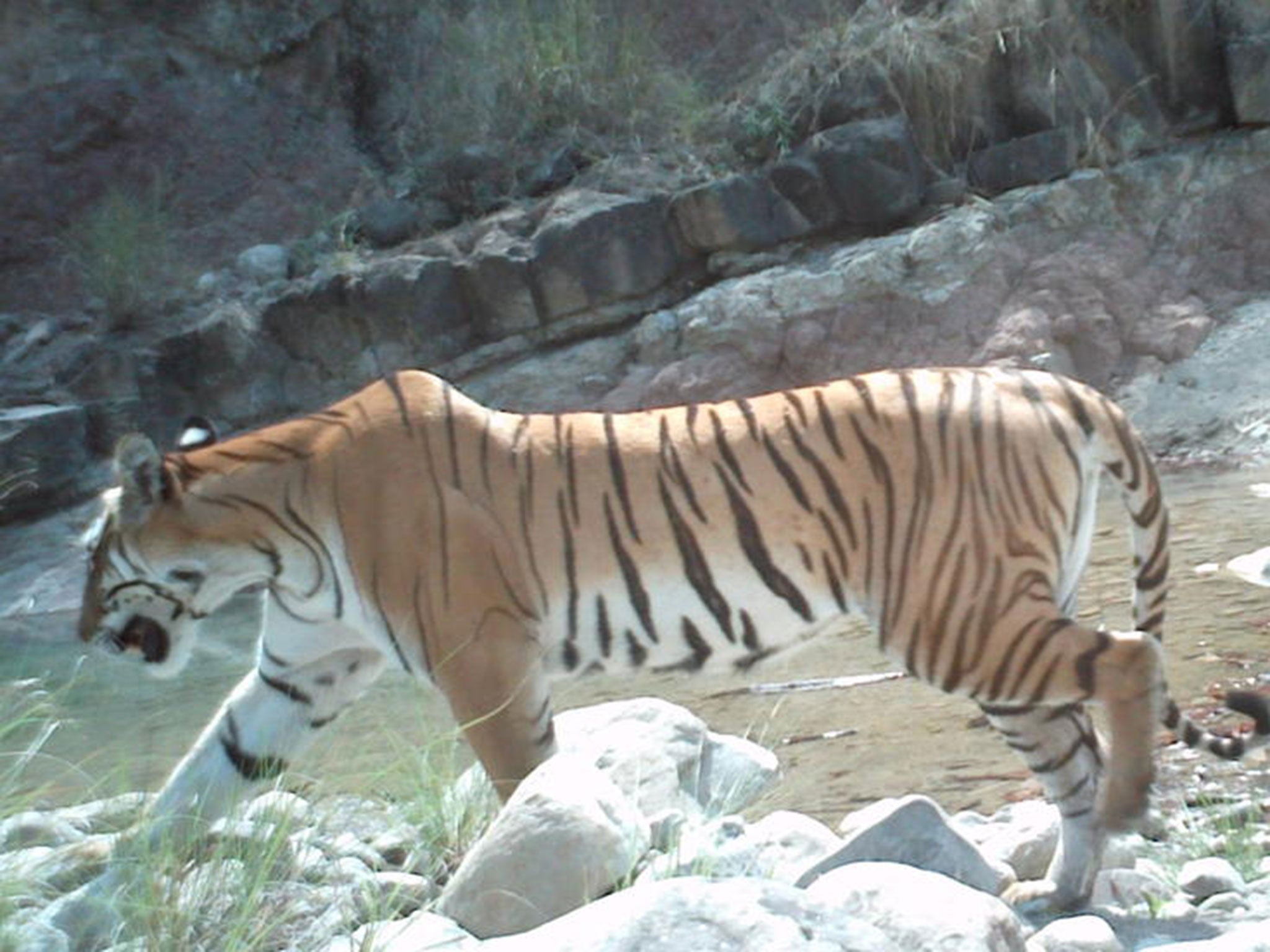Save the tiger: The success of the Bengal tiger in Nepal shows you can make a difference

Your support helps us to tell the story
From reproductive rights to climate change to Big Tech, The Independent is on the ground when the story is developing. Whether it's investigating the financials of Elon Musk's pro-Trump PAC or producing our latest documentary, 'The A Word', which shines a light on the American women fighting for reproductive rights, we know how important it is to parse out the facts from the messaging.
At such a critical moment in US history, we need reporters on the ground. Your donation allows us to keep sending journalists to speak to both sides of the story.
The Independent is trusted by Americans across the entire political spectrum. And unlike many other quality news outlets, we choose not to lock Americans out of our reporting and analysis with paywalls. We believe quality journalism should be available to everyone, paid for by those who can afford it.
Your support makes all the difference.For a long time the number of tigers in Nepal was decreasing at an alarming rate. According to a survey conducted by the World Wildlife Fund, the number of tigers in the Sukla Phanta Wildlife Reserve in Nepal fell by about 30% between 2005 and 2008. The decline was such that there were only an estimated six tigers in the reserve in 2009.
The chief cause of this population fall was habitat destruction caused by extensive deforestation. This was exacerbated by the illegal poaching that feeds the enormous demand for trafficked tiger products.
However, last year the government of Nepal announced that amazingly the number of tigers has started to increase. They found that the tiger population had increased by 63 per cent since the last survey in 2009, putting the total number of tigers in Nepal at about 200.
As part of a concerted effort to boost the tiger population, the Nepalese government and the WWF provide training and resources to park rangers, encourage local community engagement, protect tiger habitats and combat illegal poaching.
“Tigers are a part of Nepal’s natural wealth and we are committed to ensuring these magnificent wild cats have the prey, protection and space to thrive,” said Megh Bahadur Pandey, Director General of Nepal’s Department of National Parks and Wildlife Conservation.
“We cannot afford to forget that wildlife criminals are aggressively preying upon the last of the world’s wild tigers and if we allow complacency to creep in, all the conservation gains we applaud today could be gone tomorrow,” added Shubash Lohani, Deputy Director of WWF’s Eastern Himalayas program.
Moreover, the success of the tiger population in Nepal is part of the broader TX2 campaign which aims to double the number of wild tigers by 2022 – the next Chinese year of the tiger.
To make this dream a reality, the WWF relies on the generous support of tiger fans across the world.

Help to save tigers by donating to WWF here.
Or to keep up to date with the latest conservation news check out the following links:
Sources: WWF, Tilson, 'Tigers of the World' (1987)
Join our commenting forum
Join thought-provoking conversations, follow other Independent readers and see their replies
Comments